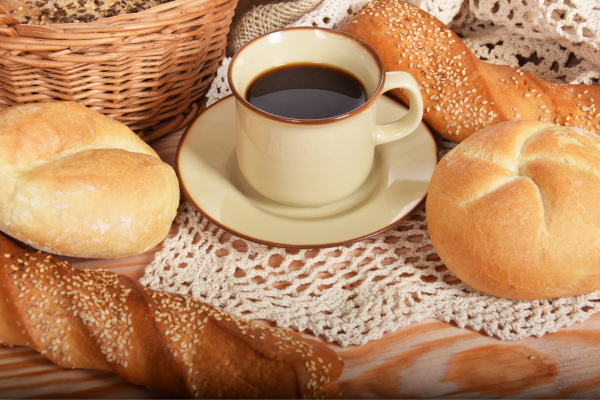You may buy the best beans, grind them fresh, and master your brewing technique — but if your gear is dirty, your coffee will still taste off. Old oils, mineral buildup, and leftover grounds can easily ruin a great brew. That’s why knowing how to clean your coffee equipment properly is essential for flavor and longevity.
Coffee oils are highly aromatic, but they turn rancid quickly when left on surfaces. Over time, this buildup can give your coffee a bitter, sour, or stale taste, no matter how fresh your beans are. Cleaning your equipment regularly ensures a pure, consistent flavor and extends the life of your tools.
What Needs Cleaning — and How Often?
Here’s a quick guide to how often each item should be cleaned:
- Coffee maker (drip machine): After each use + deep clean monthly
- French press: Rinse after each use + full disassembly weekly
- Pour-over gear (V60, Chemex): Rinse daily + soak monthly
- Espresso machine: Wipe and rinse daily + backflush weekly
- Grinder: Brush out weekly + deep clean monthly
- Reusable filters: Rinse thoroughly daily + soak in solution weekly
- Milk frothers and steam wands: Clean immediately after each use
Skipping regular cleaning allows oils and residue to affect taste and can even lead to mold or bacteria buildup.
How to Clean Common Coffee Gear
1. Drip Coffee Maker
- Run a brew cycle with a mix of 1 part white vinegar to 2 parts water
- Follow with 2–3 cycles of clean water to rinse
- Wipe the carafe and basket after each use with mild soap
2. French Press
- Disassemble and wash all parts with hot water and soap
- Use a soft sponge or brush to clean mesh filter and plunger
- Let everything dry completely before reassembling
3. Pour-Over Devices
- Rinse cones and carafes with hot water after each use
- For deep cleaning, soak in a mix of baking soda and water or use a specialty coffee cleaner
4. Grinder
- Brush out grounds weekly (most grinders come with a brush)
- Use grind cleaning tablets once a month
- For burr grinders, carefully remove and clean the burrs with a soft brush
5. Espresso Machine
- Backflush with water daily (if your machine supports it)
- Use an espresso cleaning powder weekly to remove oils from internal parts
- Wipe the steam wand after each use and purge it with steam
Natural Cleaning Alternatives
Prefer natural products? Try these:
- White vinegar for descaling
- Baking soda to scrub stubborn stains
- Citric acid (lemon juice works in a pinch) for soaking removable parts
- Ice + salt to clean narrow-neck carafes like Chemex
Avoid harsh detergents or overly abrasive sponges, as they can damage your equipment or leave behind residues that affect flavor.
Signs Your Coffee Gear Needs Cleaning
Even if you’re not keeping track of dates, here are signs that it’s time to clean:
- Coffee tastes bitter or “off”
- Brewed coffee isn’t hot enough
- Slower brewing time
- Visible buildup or discoloration in carafes or baskets
- Moldy smell from your machine or grinder
If you notice any of these, a thorough clean will likely solve the problem.
Final Thoughts: Clean Gear = Better Coffee
Learning how to clean your coffee equipment is one of the easiest and most effective ways to improve your daily brew. It doesn’t require expensive tools or much time — just a little consistency and care.
Remember: great coffee starts not just with great beans, but with a clean foundation. Whether you’re brewing a simple pour-over or a complex espresso, clean tools help deliver clarity, flavor, and satisfaction in every cup.
Neglecting cleanliness can lead to bitter, off-tasting coffee caused by old oils and residue buildup. Over time, these impurities can affect not only flavor but also the longevity of your gear. Regular maintenance isn’t just about taste — it’s an investment in the performance and durability of your equipment.
Make cleaning part of your ritual. Just like you preheat your kettle or grind fresh beans, take a moment to rinse, wipe, or deep-clean as needed. A clean coffee setup doesn’t just enhance your brew — it shows respect for the craft and the effort that goes into every single cup.

